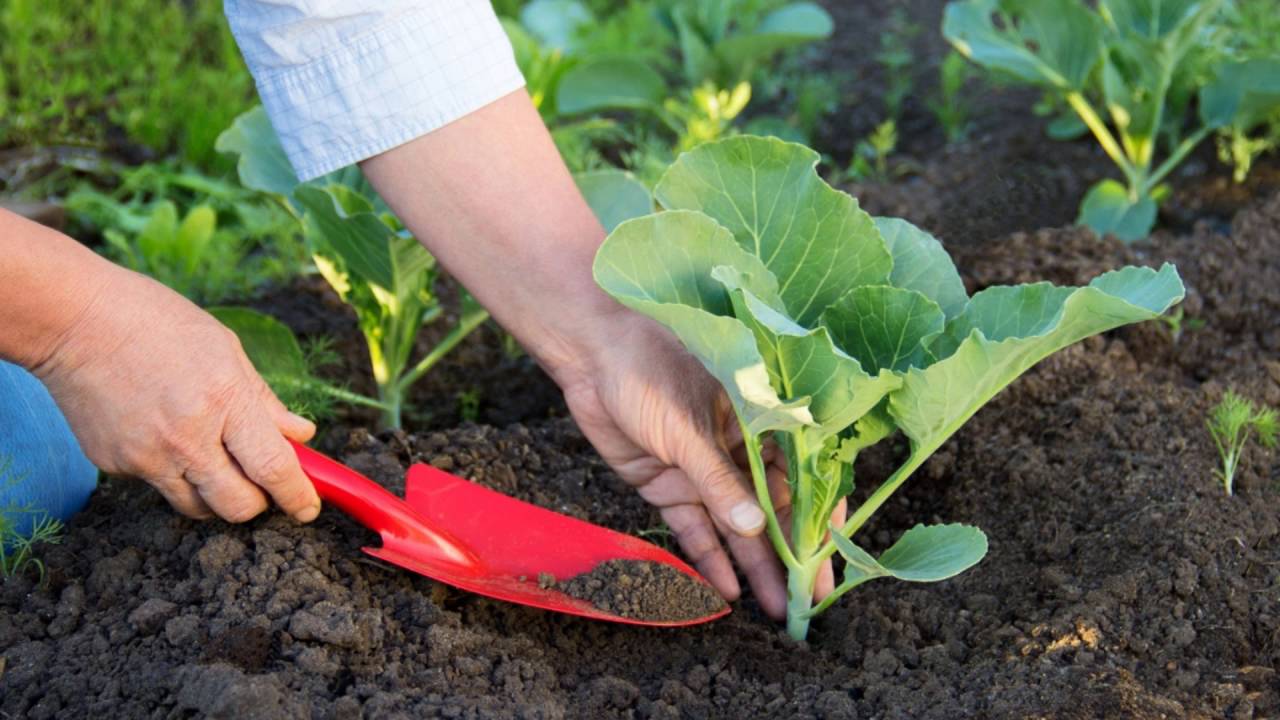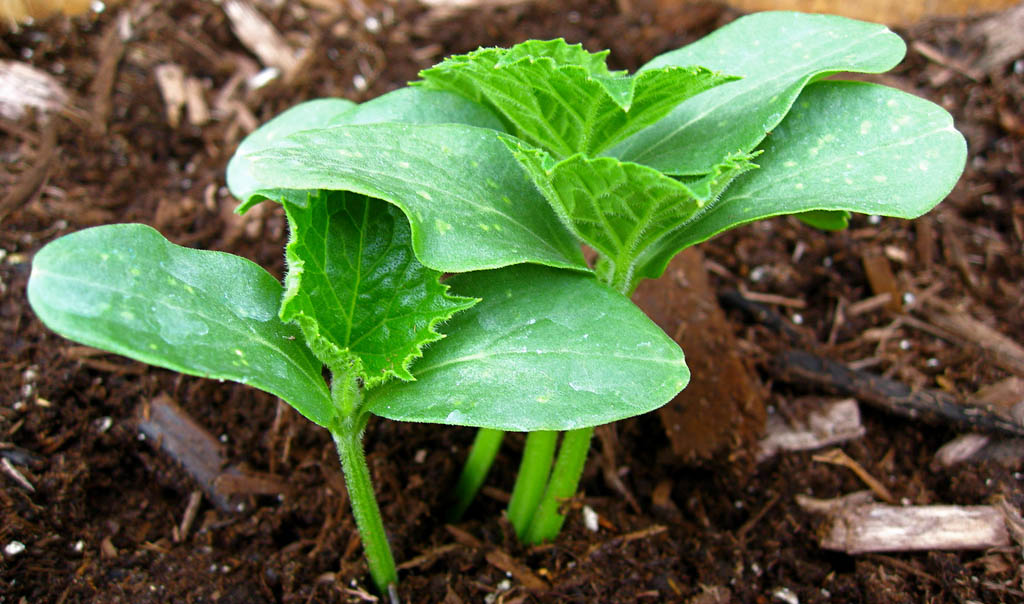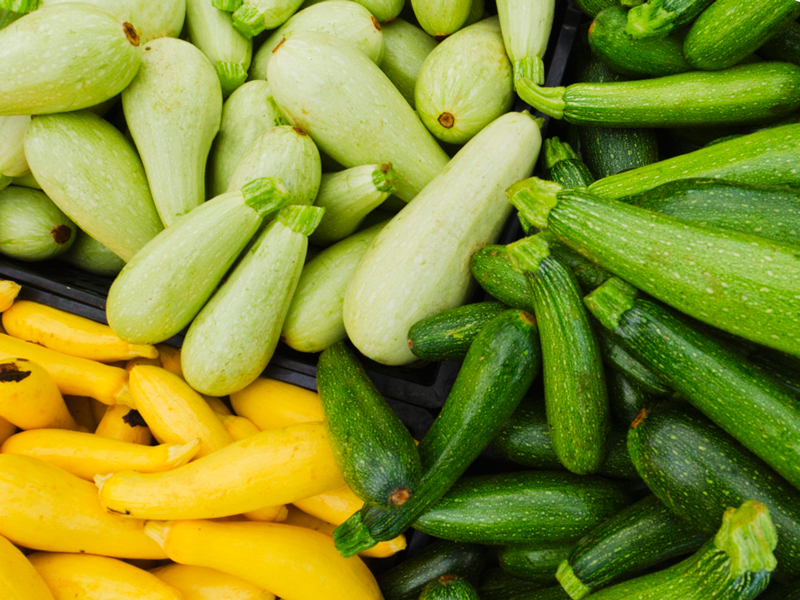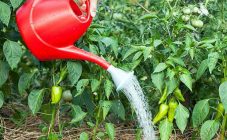Content:
Cabbage is a biennial plant, one of the important vegetable crops both in private farmsteads and summer cottages, and in agriculture. It is grown everywhere in Russia. On the stem are large leaves, gray-green in color. They are fleshy, with prominent veins. They grow from a root outlet and form a head of cabbage.
The best varieties
There are a lot of cabbage varieties. Only white cabbage of 432 varieties is registered in the state register of Russia.
The duration of the growing season of cabbage can vary. In plants with an early ripening period, it is 70-130 days, average - from 125 to 170 days, late - from 153 to 253 days.
It is worth paying attention to the following early maturing varieties:
- June is a time-tested variety. Heads of cabbage are medium, weighing up to 2.5 kg, loose, not prone to cracking. Grow well on loamy soils.
- Malachite is a representative of white salad. Very early. The weight of the heads does not exceed 2 kg. The head of cabbage is dense.
Cabbage of medium ripening gives a higher yield, heads of cabbage are dense, lighter inside. The most popular varieties:
- Gribovskaya 231 is a very undemanding variety for the soil, it gives a good harvest even on sandy soils. It grows superbly in the Central European part of Russia and in arid regions. The average weight of cabbages is about 2 kg. Suitable for fermentation.
- Sibiryachka - a variety created for the northern regions. It shows itself well in Karelia, Sakhalin and Kamchatka, in Western Siberia, since plants are able to easily tolerate low temperatures. Ripening can take up to 140 days. The average weight of one head of cabbage is 4 kg. Does not crack, is well transported. With 1 m², you can harvest 11 kg of the crop.
Late-ripening varieties are the most mature and dense. Huge heads of cabbage can be stored for a long time without loss of quality and well preserve all useful components: vitamins, trace elements and minerals. Among them stand out:
- Moscow late - one of the best varieties. The heads of cabbage are very large, some weigh from 8 to 10 kg. The rosette is large, spreading. The variety is resistant to various diseases, the plants can tolerate frosts down to -5 ° C. When properly stored, the fruits lie until the next harvest.
- Amager is a variety suitable for industrial cultivation. The rosette is semi-spreading, the leaves are gray-green, with a waxy coating, their edges are wavy. Heads of cabbage grow up to 4 kg. On average, the yield is up to 6 kg / m². Easy to carry transportation. The palatability gradually increases during storage.
Watering cabbage in the open field
It is necessary not only to be able to grow good and viable seedlings, but to continue to take care of the plants planted in the soil with all attention, otherwise you can lose most of the harvest. Proper watering is the main guarantee of plant health. However, excess moisture is also not always beneficial.
Lack of moisture is easily detected visually. If in the summer, in the heat, the cabbage leaves look lethargic, drooping, despite the fact that the ground under the plants is moist enough, this means only one thing - the root system does not work well.This is due to increased evaporation of moisture from the surface of the leaves.
As with all cruciferous plants, cabbage should be watered with water at a temperature not lower than + 18 ° C and not higher than 23 ° C. If this requirement is not met, the root system of plants will develop extremely slowly, which is why cabbage forks may not tie at all or turn out to be small. Only the aisles can be watered with a hose, then from above with warm water from a watering can.
For any types of cabbage: white cabbage, Peking cabbage, cauliflower, ornamental, watering with cold water will be disastrous and will certainly provoke a number of diseases. This is especially important for seedlings recently planted in open ground.
Cabbage is not watered directly from a well or tap. To do this, water is poured into black barrels or buckets. In areas with a warm climate, this can lead to overheating of the water, which will also have a negative impact on plant development.
How often to water the cabbage
In case of untimely watering of cabbage in the open field, you should not expect a high yield from such a moisture-dependent plant. Different varieties require different watering patterns, but there are general rules:
- the frequency of watering depends on the age of the plant, seedlings and adult plants are watered differently;
- in hot weather, watering more often than in cloudy weather;
- after a dry period, abundant watering cannot be done - cracking of the heads of cabbage may begin;
- a month before harvest, in late August - early September, it is better to completely stop watering;
- cabbage is most intensively watered during the transplanting period and at the time of head formation: usually several times a day for 2 weeks.
Cauliflower can be considered an exception to the rule. To cause its flowering, the formation and growth of the head, you should not take great care of it: loosen the soil and water it. Fertilizers containing nitrogen should not be used, so as not to cause the growth of deciduous mass.
With abundant watering, the condition of the soil should be monitored. It should be sufficiently rich in humus and loose. In this case, there will be no stagnation of water, and the plants will receive enough moisture and nutrition. If the soils are heavy, then waterlogging will occur, after which the plant may rot. If this process drags on, the roots will begin to die off.
Various watering methods
All cabbage varieties, as well as its hybrids, can be watered as follows:
- As needed. Watered directly into the holes around the root, in the morning or in the evening, sprinkle the earth, loosen it. Watering is most frequent during leaf growth and head formation. One plant needs 10 liters of water, or how much the earth will take.
- After planting seedlings on the beds, it is watered daily, for 2 weeks (1-2 times, 5-6 liters per 1 m²). Then, once a day, at a rate of 12-15 liters per 1 m². The speed with which the plants take root and begin to form additional roots depends on how the cabbage is watered after planting in the ground.
- Taking into account the influence of weather conditions. When determining the volume of water for irrigation, the age of the plants, the frequency of precipitation and the weather forecast for the nearest period, the time before harvest are taken into account.
- Allow for differences in water requirements of different varieties and hybrids, size of forks and size of expected yield.
Top dressing
Sometimes dry fertilizers are scattered between the rows of plants. This promotes a slow but constant flow of nutrients to the roots. Usually white and red varieties are fertilized with nitrophos (1 tbsp), potassium (1 tbsp), superphosphate (1 tbsp) dissolved in water. For broccoli and color, the rate is halved.
Before carrying out such top dressing, combined with watering, the ground around the plants is well loosened. The solution should not get on the leaves, if this happens, it is washed off with clean water.
At the end of August, red and white cabbage is treated with magnesium sulfate throughout the mass. It will take 15 g of substance per 10 liters of water. This solution is enough to treat 10 m² beds.
Often, ordinary iodine is used to feed cabbage, which acts as a plant growth stimulator and helps to increase yields and increase the shelf life of forks. Only 40 drops of a pharmacy iodine tincture are added to 10 liters of water. At the very beginning of the formation of heads of cabbage, around July, after irrigation, 1 liter of such fertilizer is additionally poured under 1 plant.
Proper cultivation of such a widespread culture in Russia as cabbage makes it possible to provide whole regions with valuable vegetables. In some of them, you can get two harvests per year.
















